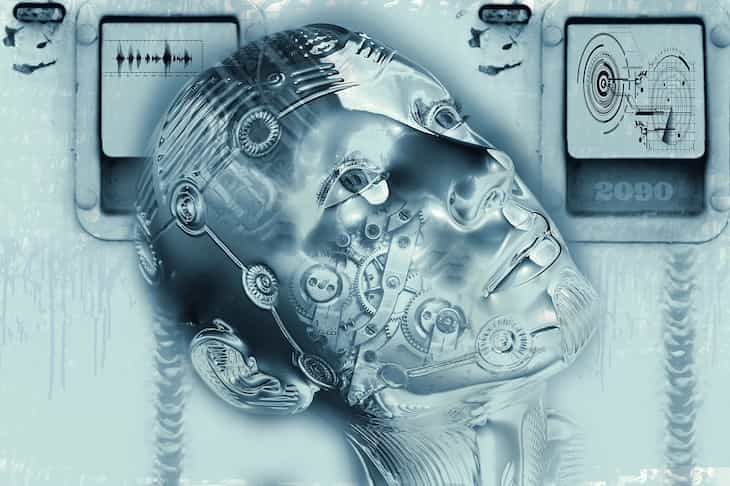Scientists have found a surprising resemblance between how artificial intelligence (AI) models and the human brain's hippocampus process memory.
This discovery provides fresh insights into how AI systems store memories.
In the pursuit of creating Artificial General Intelligence, there is a growing interest in comprehending and emulating human-like intelligence.

Learning more
The team of experts focused on memory consolidation and studied the NMDA receptor in the hippocampus, an important part of the brain responsible for learning and memory.
They found that the Transformer model, which is a crucial part of AI progress, uses a similar gatekeeping process as the NMDA receptor in the brain.
By imitating the NMDA receptor's gating mechanism and making adjustments to the Transformer's settings, the specialists were able to enhance the AI model's long-term memory capabilities.
This new data is considered a huge step forward in both AI and neuroscience, as it provides great insights into the brain's functions and opens doors for the development of more advanced AI systems.
Why it's important to know
This study has exciting implications for creating cost-effective AI systems that are both powerful and efficient in learning and memory, much like the energy-efficient operation of the human brain.
By integrating brain-inspired mechanisms into AI models, this research marks a notable progress in simulating human-like memory consolidation.
The merging of human cognitive mechanisms with AI design not only offers the potential for developing efficient AI systems, but also provides valuable understanding of how the brain functions.
Recently, we talked about screen time problems.












